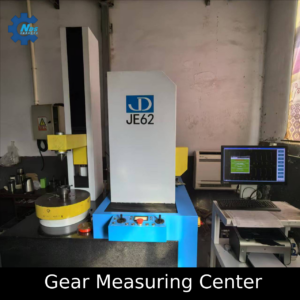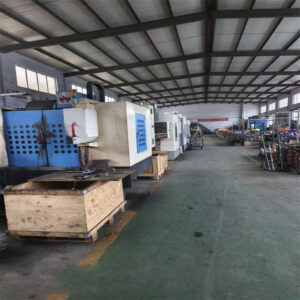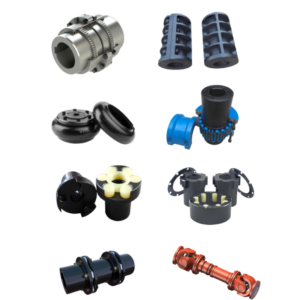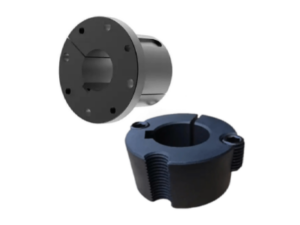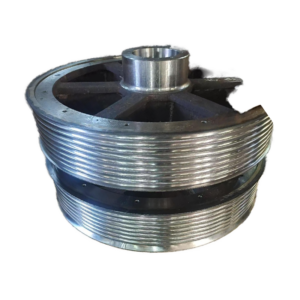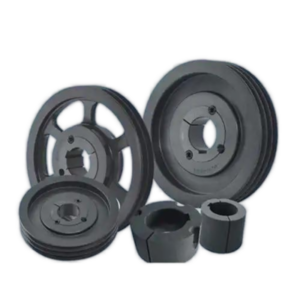In gear manufacturing, achieving precise geometry and smooth surface finishes is essential for ensuring high performance, durability, and low noise during operation. Several finishing processes are commonly used to refine gears after rough cutting. Among them, gear grinding and gear shaping are two widely applied methods. This article provides an overview of these processes and compares their advantages and disadvantages.
1. Gear Grinding (磨齿 – Gear Tooth Grinding)
Gear grinding is a high-precision finishing process that uses a grinding wheel to remove a very small amount of material from the gear teeth. This process is often applied to hardened gears to achieve high accuracy and fine surface finish.
Main Features:
- Suitable for hardened gears (e.g., after heat treatment).
- Offers excellent precision, with high dimensional and profile accuracy.
- Achieves superior surface finish, reducing noise and wear.
- Common grinding methods include form grinding and generating grinding.
Applications:
- Used in automotive, aerospace, and precision machinery.
- Preferred when tight tolerances and low noise levels are required.
2. Gear Shaping (插齿)
Gear shaping is a cutting process in which a reciprocating cutting tool, shaped like a gear, gradually removes material to form gear teeth. It is commonly used to manufacture internal gears and gears with shoulder restrictions.
Main Features:
- Uses a shaper cutter that moves up and down in a reciprocating motion.
- Can process both internal and external gears.
- Suitable for medium to large batch production.
- Often used for softer materials before heat treatment.
Applications:
- Ideal for internal gears, cluster gears, and gears with obstructions.
- Common in automotive gearboxes, industrial machinery, and construction equipment.
3. Comparison: Grinding vs. Shaping
| Feature | Gear Grinding (磨齿) | Gear Shaping (插齿) |
|---|---|---|
| Precision | Very high | Moderate to high |
| Surface Finish | Excellent | Good |
| Material | Hardened gears | Typically softer before heat treatment |
| Gear Types | Mostly external | External and internal gears |
| Production Volume | Low to medium volume, high-end gears | Medium to high volume, general gears |
| Cost | Higher cost due to tooling and accuracy | Lower cost per unit in mass production |
| Cycle Time | Slower | Faster |
| Tool Wear | Grinding wheels wear slowly | Shaper cutters wear faster |
Conclusion
Both gear grinding and gear shaping are essential in modern gear manufacturing. Grinding is favored for applications requiring high precision and hardened materials, while shaping remains a versatile method for a variety of gear types, especially internal gears. The choice between the two depends on the gear design, material, production requirements, and cost considerations.

